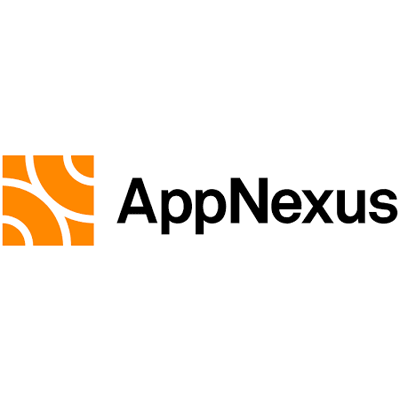Numberly, a programmatic CRM company helping brands collect and activate first-party data in order to maximize advertising ROI , worked with a global health insurance leader to optimize the customer lifetime value (CLV) of its high-value customer base.
Numberly’s CLV Maximizer® product helps brands contact and increase the lifetime value of existing customers with a combination of programmatic media and email. With CLV Maximizer®, targeted anonymous customer segments are onboarded. A test group is exposed to multichannel, multi-format engagement across devices – allowing for measurement of incremental revenue generation, in comparison to a non-exposed control group.
Because successful CLV lift requires surgically-precise targeting of closed populations with a pre-defined budget , a laser-focus on locating and engaging target users is required.
For example, if a user has only been exposed once, a higher bid is set to re-enforce the message and to increase probability of engagement.
In a standard AppNexus campaign, new campaigns exclusively target segments containing users identified as having only been exposed to ads once. Once a user has been reached, a new campaign is set up to target users who have only been exposed twice. This approach requires substantial manual setup and demands additional management from ad operations teams.

